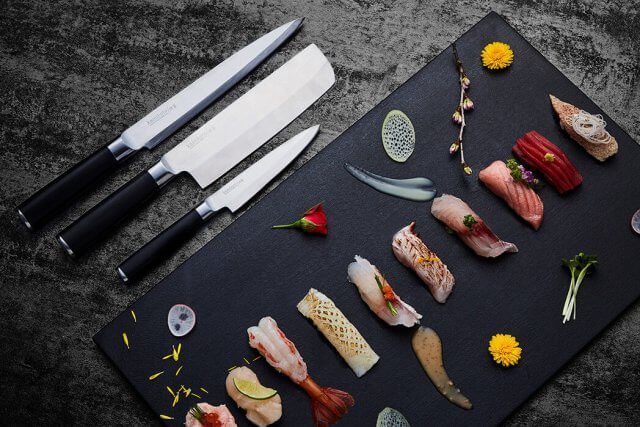
This is a review of the Japanese Kamikoto knives, including both PROs and CONs. We’ve been using the set of 3 Kamikoto knives (retail $1,295.00) for the past 3 weeks on a daily basis.
9/28/17 Update: I’ve been having trouble getting honest answers from Kamikoto company. I’ve also heard from several people that the knives are made in China. Would NOT recommend buying these knives.
Kamikoto Knives Review
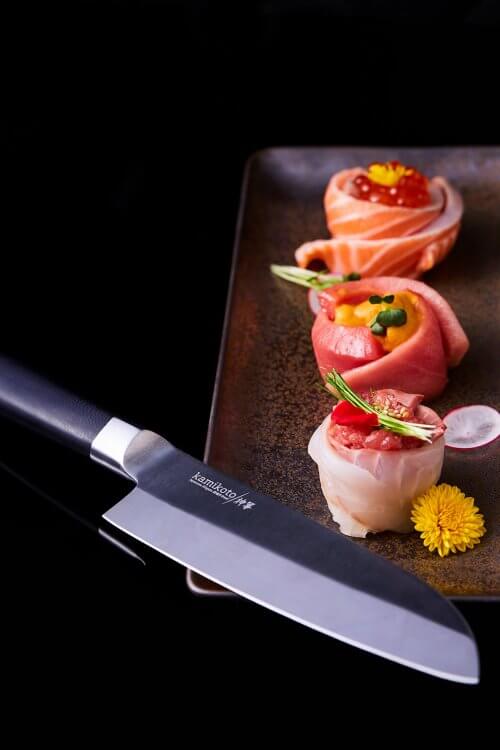 We’ve been testing many high-end kitchen knives this year (and last year, too). With a steady stream of new knives coming into the Steamy Kitchen, we’ve been rotating every week. When a new knife set arrives, the current set heads out the door to a deserving culinary student or local non-profit kitchen.
We’ve been testing many high-end kitchen knives this year (and last year, too). With a steady stream of new knives coming into the Steamy Kitchen, we’ve been rotating every week. When a new knife set arrives, the current set heads out the door to a deserving culinary student or local non-profit kitchen.
But this is a set that I can’t bring myself to part with.
Kamikoto knives are handcrafted in Japan, from high-quality steel from the Niigata 新潟市 prefecture. Niigata knife-making history goes back over 800 years, their blacksmiths use a secret combination of metals to forge the strongest, sharpest knives in the world.
The Kanpeki three-knife set includes a 7-inch Nakiri meat cleaver, an 8.5-inch slicing knife and a 5-inch utility knife. The Kanpeki set retails for $1,295. *Note the measurements are the length of the blade, not the length of the entire knife.
Kamikoto Knives Detail

Kamikoto knives are made from the highest quality Niigata Steel from Japan. Each Kamikoto knife is precision-balanced and weighted.
PRO: The knives are balanced, they are heavier than many of my German-made knives, but the blades are slender, giving the knives a precision feel without being flimsy.
According to the company, “In the Kamikoto forge, steel is heated up to 1050°C for three hours and annealed at 200°C for two hours. This strengthens the steel and diminishes the flexibility of the blade – to ensure the knife keeps its edge for longer.”
CON: Kamikoto knives are single-beveled (sharpened on one side), which is typical of Japanese-made knives. This may be more difficult for you to sharpen, as nearly all German-made knives are double-beveled.
Kamikoto Steel Hardness
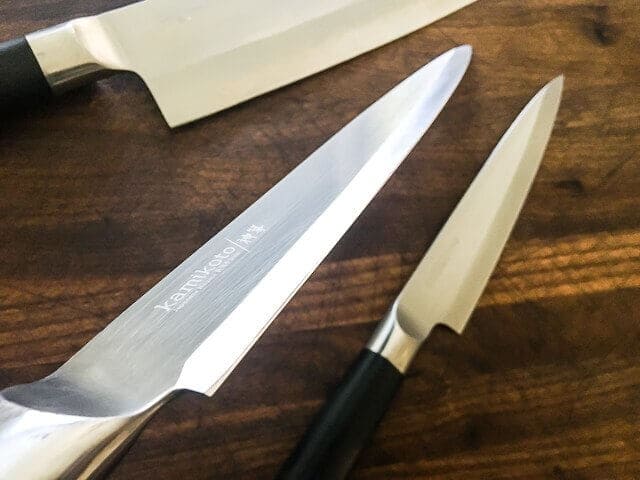
The harder the steel, the longer the edge stays sharp, however the more brittle the knives. Most Asian knives have a Rockwell rating of 60-61, with a preference for thinner, harder steel made for slicing vegetables, seafood and cutting meats into small pieces for stir fries. Slender, harder blades are more nimble, razor-sharp, but will chip and break if dropped on hard surface. Asian knives must be hand-washed, dried immediately, and handled with care. Harder steel means better edge retention, but will take longer to sharpen. Don’t use Asian style knives for whacking through bone (use a heavy Asian meat cleaver instead.)
German blades are generally thicker, heavier, not as hard, with HRC of less than 58. They are able to cut through big roasts, thick vegetables and can cut through bone, tough-skinned, etc. Softer blade material means easier to sharpen, but the edge won’t retain its sharpness as long as Asian knives. These knives are incredibly durable and can withstand quite a bit of abuse in the kitchen.
CON: According to the company via an email exchange, Kamikoto knives generally range between HRC53+/-2, which is a lower score (softer steel) than most high-end German knives like Wüsthof. That means you’ll have to sharpen and hone the knife more often. I’m double-checking this number with Kamikoto, since it is rare that a Japanese-made knife scores less than 58.
Kamikoto Handles
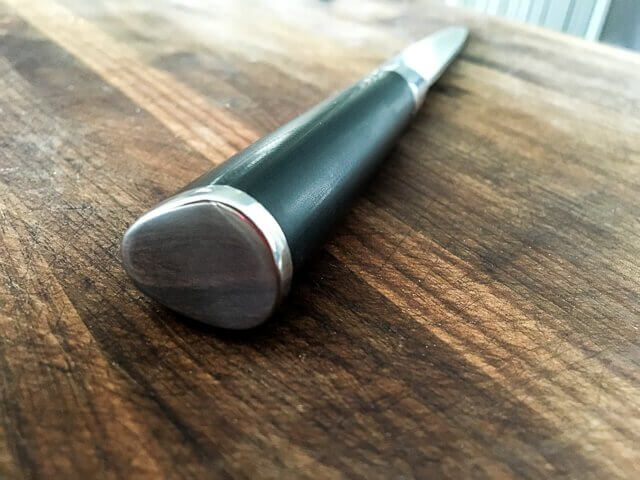
PRO: Kamikoto uses high-durability G-10 for all its knife handles – the embedded glass fibres make G-10 tough, impervious to water. Kamikoto knives are not damaged by dampness or mold like handles made of wood. The resin coating ensures that the handles do not rust or oxidize, do not shrink, chip or become brittle, and do not soften over time.
PRO: The shape of the handles are ergonomic, wider at top and tapers thinner near bottom. No harsh edges, everything is nice and rounded. This allows you to get a good, solid grip.
PRO: The bolster is a half-bolster which allows you to sharpen and use the entire length of the edge. I find that full-bolster knives are clumsy to use and difficult to sharpen.
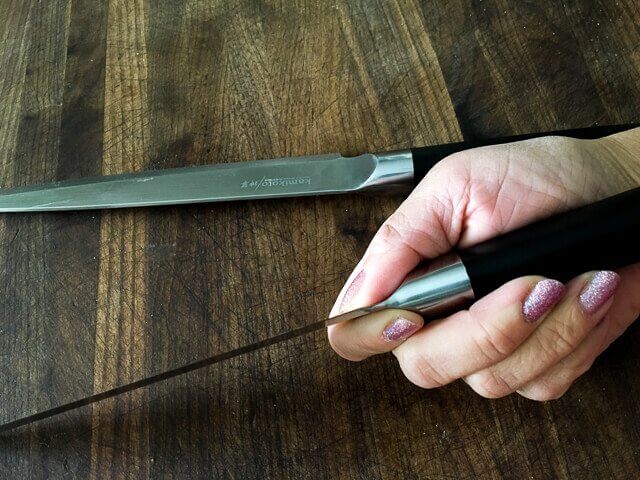
PRO: The bolster gently tapers, allowing your fingers to wrap around the bolster without any sharp edges or sudden angles. The knife just fits my hand so well.
Kamikoto 7-Inch Meat Cleaver Knife
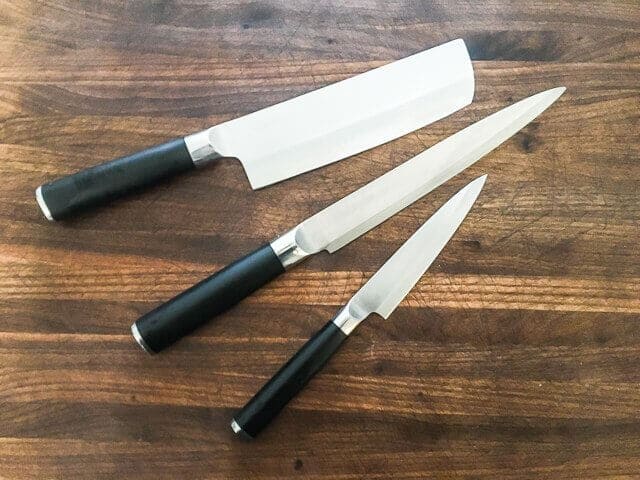
Despite this being called a “meat cleaver,” I’ve been using this knife for nearly all my vegetable and meat slicing.
The knife weighs 9.3 ounces, which is heavier than my Wüsthof Uber Chef’s Knife (7.5oz) and ultra-light Global chef’s knife (6.3oz). But I like the weight. It feels sturdy in my hand, and it allows me to cut with less effort.
The meat cleaver has a thicker blade than the other knives in the collection – allowing you to whack through thin chicken bones and whole fish. Though I’d refrain from whacking through any pork or beef bones.
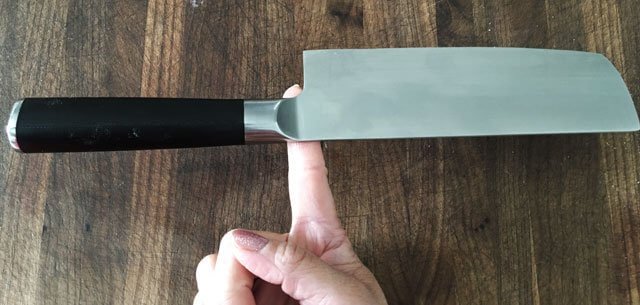
PRO: The Kamikoto Meat Cleaver is perfectly balanced. This spot is exactly where my forefinger and thumb will hold for a “pinch grip” which is the proper method of holding a knife for use. In comparison, my two Wüsthof knives are handle heavy.
This isn’t the type of knife to use for chopping or mincing, though. There’s no “curve” to the blade for a rocking motion. For chopping purposes, I prefer this knife with a big belly. Use this Kamikoto meat cleaver for meats and for slicing in an up/down motion, like cutting bell pepper into long slices) or potatoes into fries.
Kamikoto 8.5″ Slicing Knife

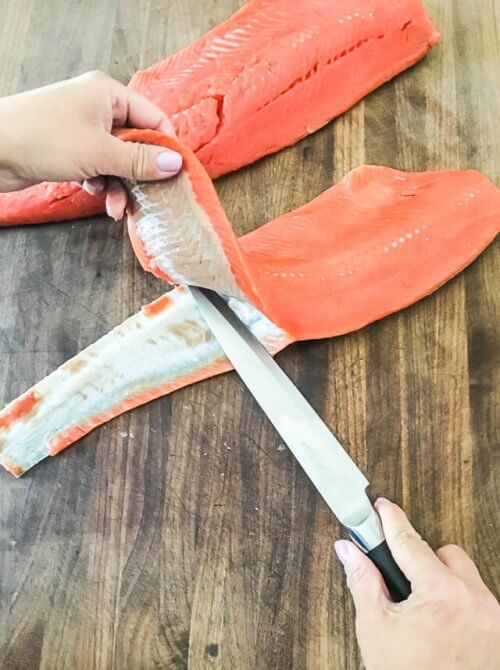
I’ve never had a slicing knife as precise as the Kamikoto. Have you ever tried skinning a side of fish? It’s difficult to do with even a good knife. You need a long, thin, incredibly sharp knife, otherwise you end up mangling the flesh and leaving too much flesh on the skin.
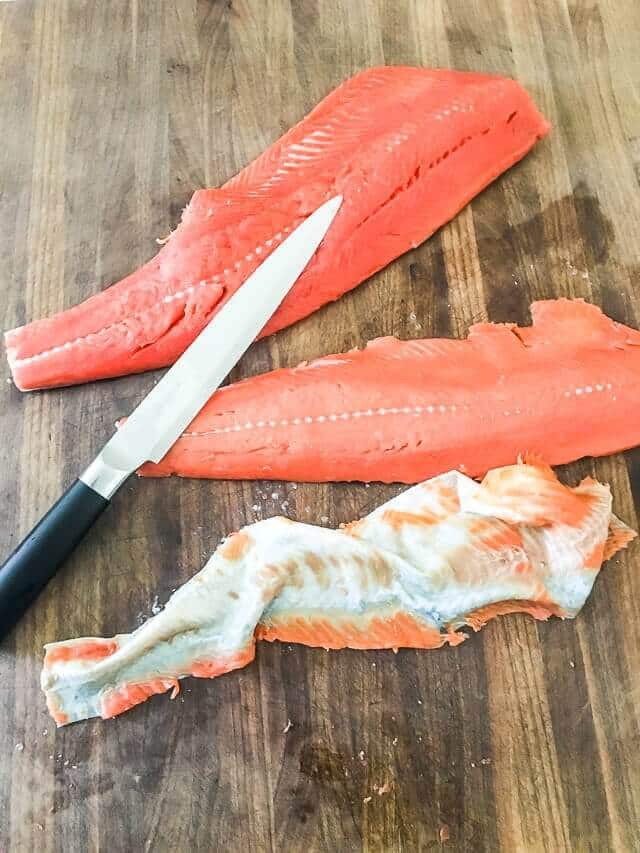
I don’t skin fish often, probably once a year, as I prefer to cook with skin-on, but I wanted to show you how well the slicing knife works. But even with my imperfect skinning skills, I was able to remove the skin in a smooth, gentle motion with no effort.
This knife can also be used for slicing meats, like a pork roast or prime rib.
Kamikoto 5″ Utility Knife
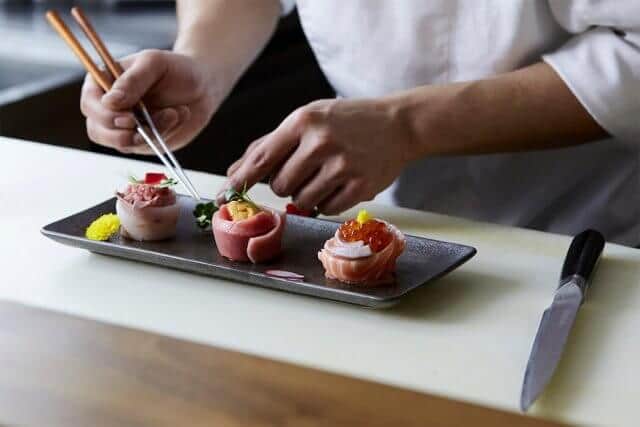
The most versatile knife in the set is the Utility knife with a 5″ blade.

PRO: I use it for smaller fruits and vegetables. The blade is very thin, which is my preference for a utility knife.
9/28/17 Update: I’ve been having trouble getting honest answers from Kamikoto company. I’ve also heard from several people that the knives are made in China. Would NOT recommend buying these knives.
Kamikoto Knives Giveaway
The Kamikoto Kanpeki three-knife set includes a 7-inch Nakiri meat cleaver, an 8.5-inch slicing knife and a 5-inch utility knife. The Kanpeki set retails for $1,295.









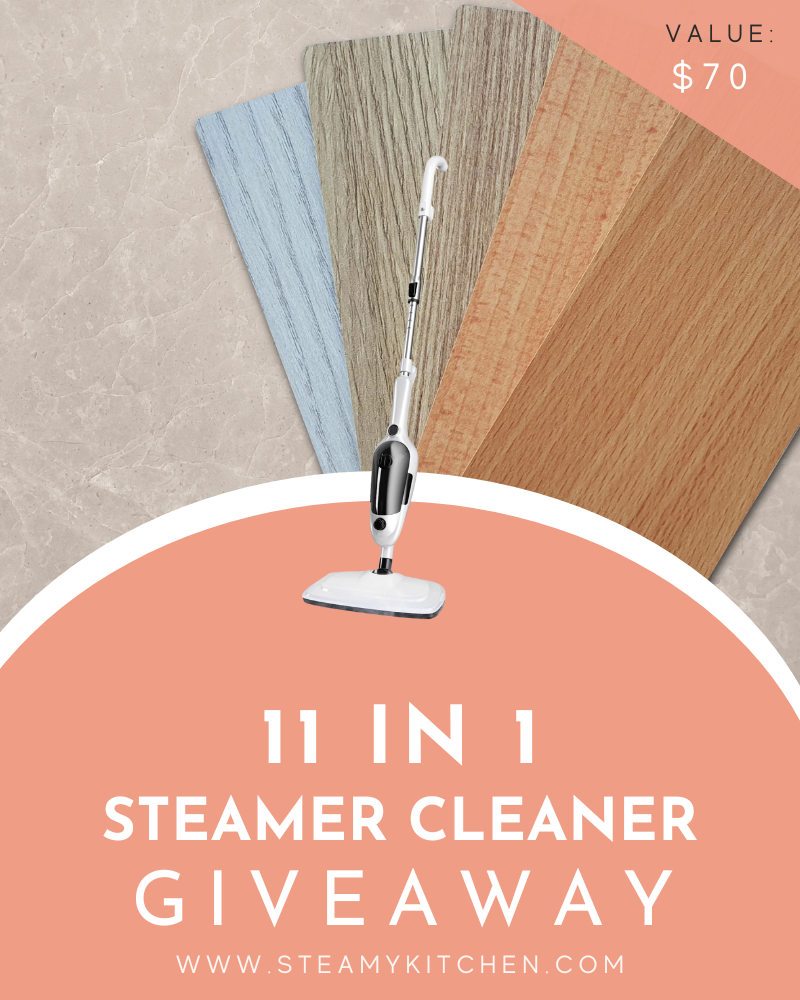
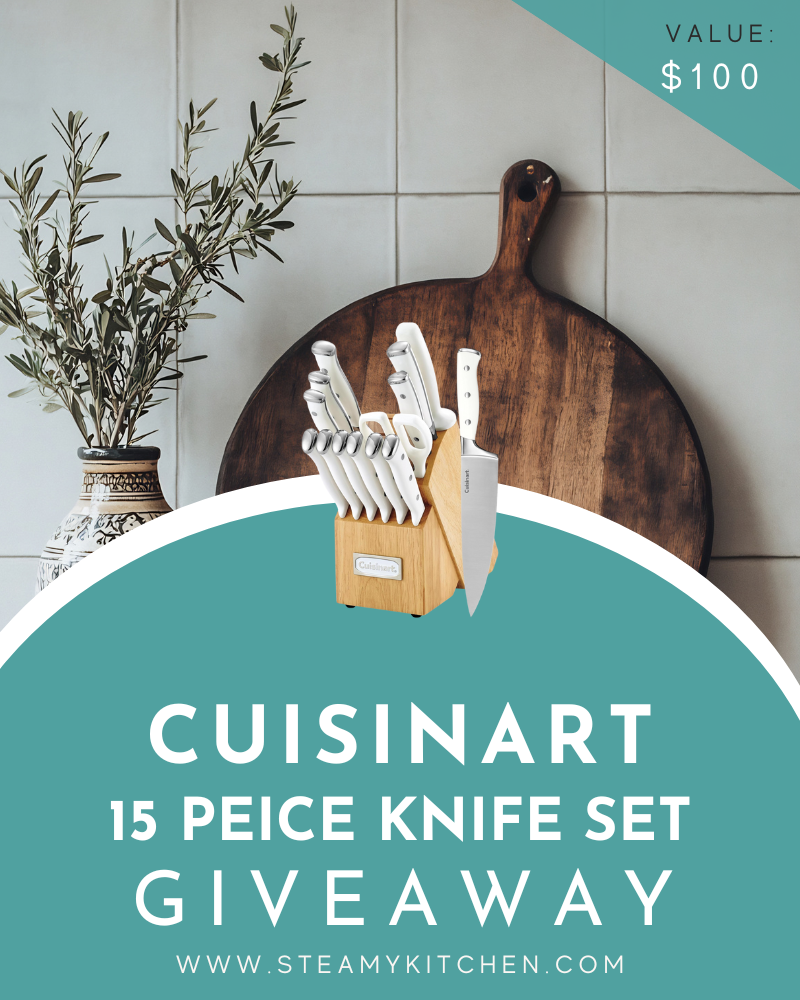



















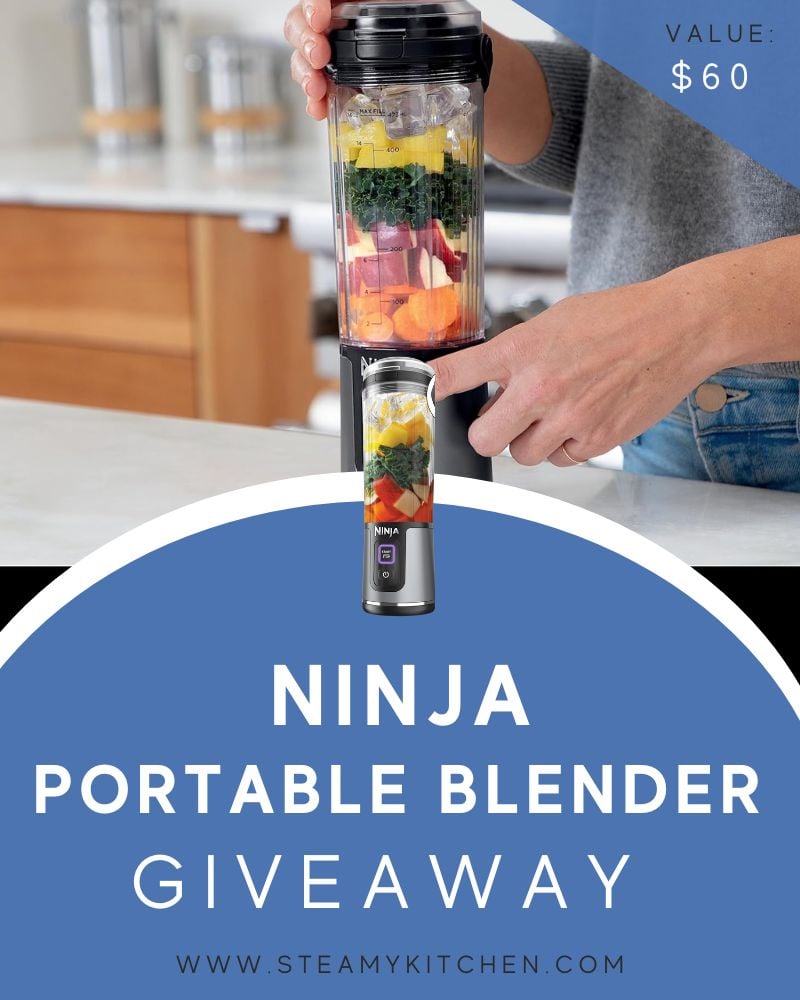

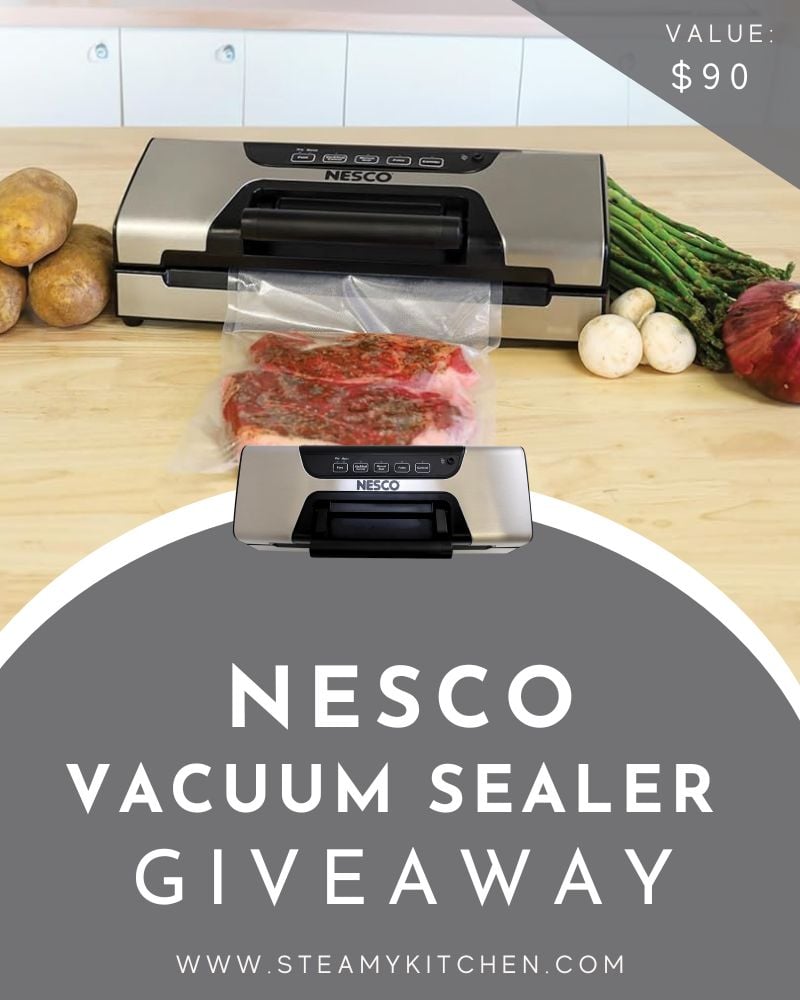






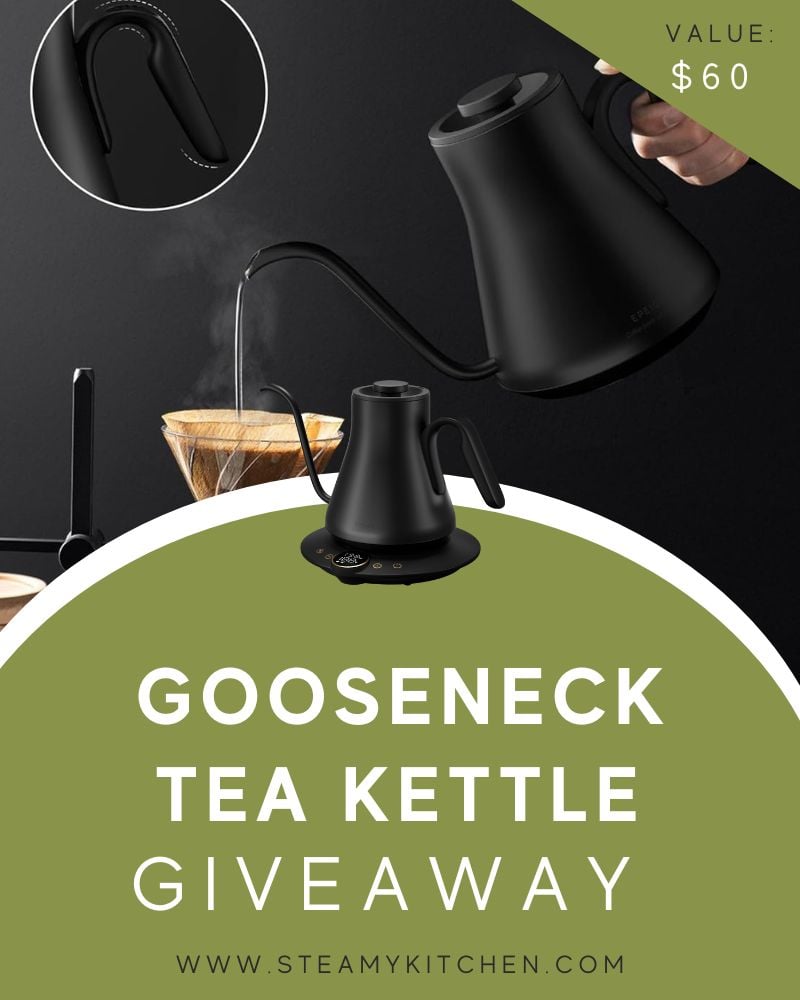

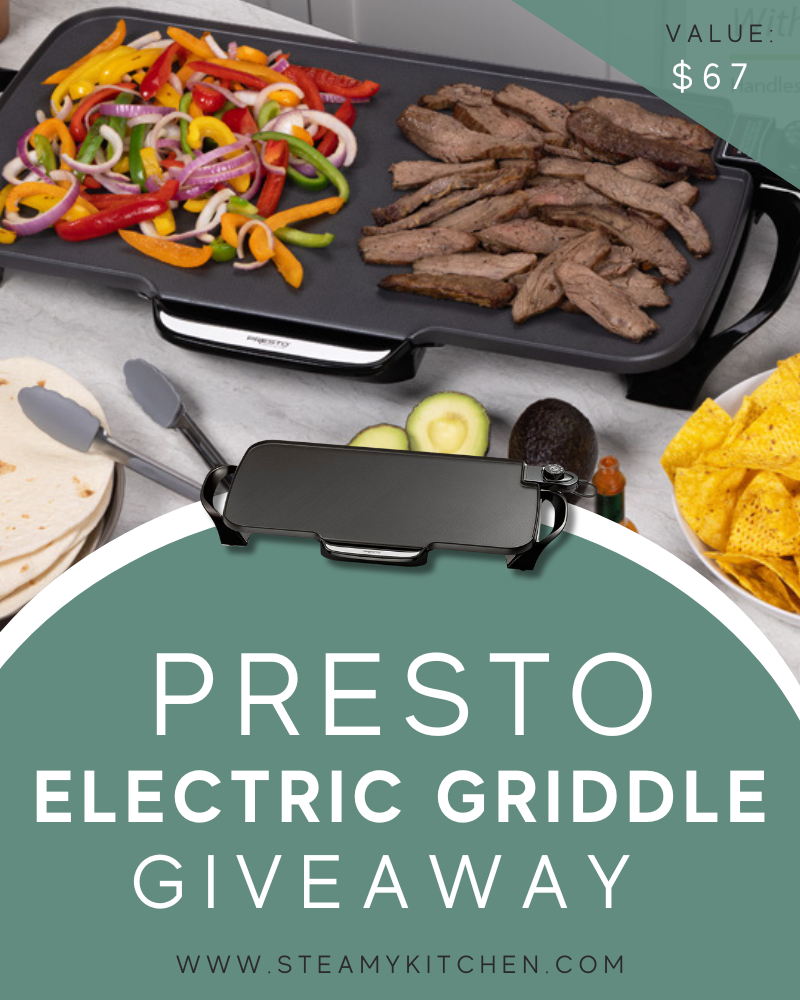


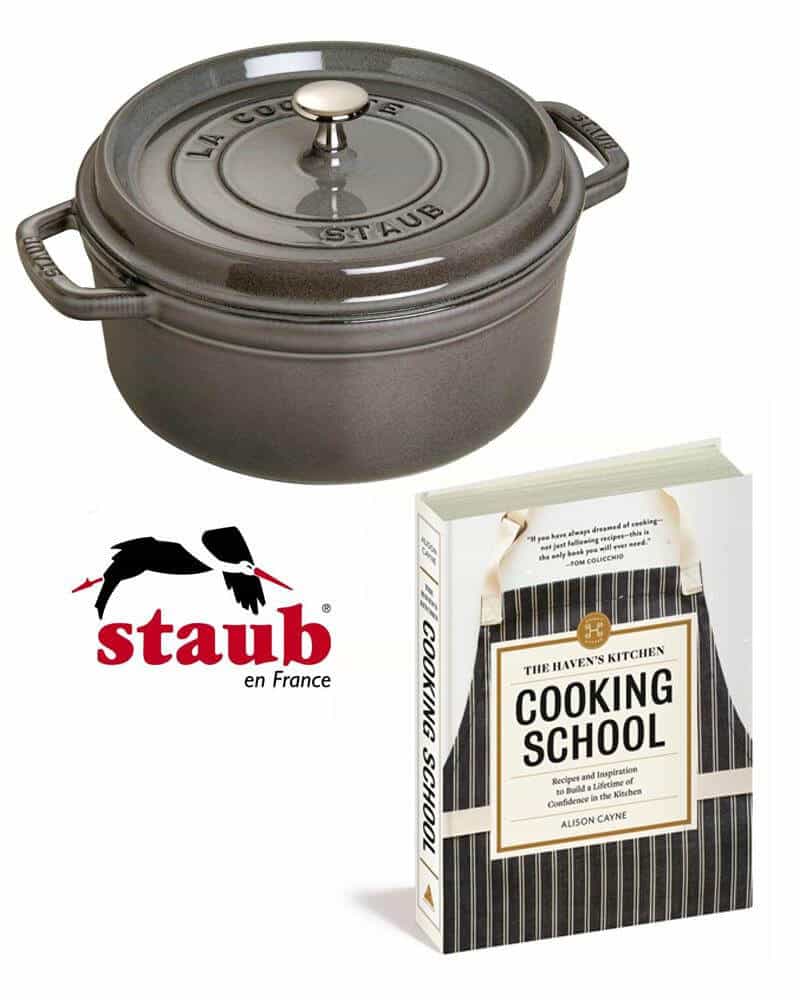
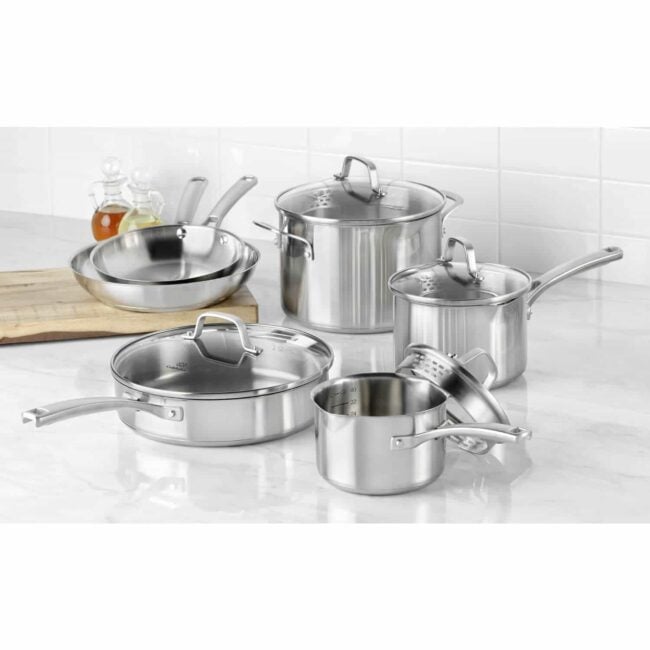
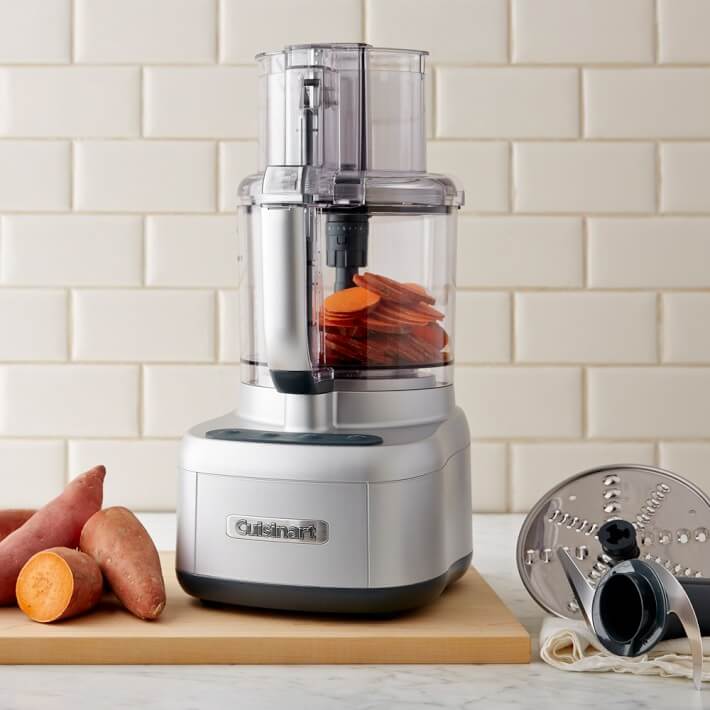
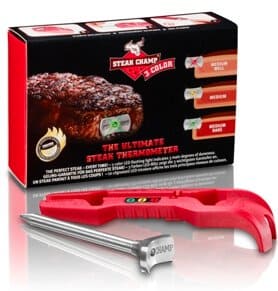



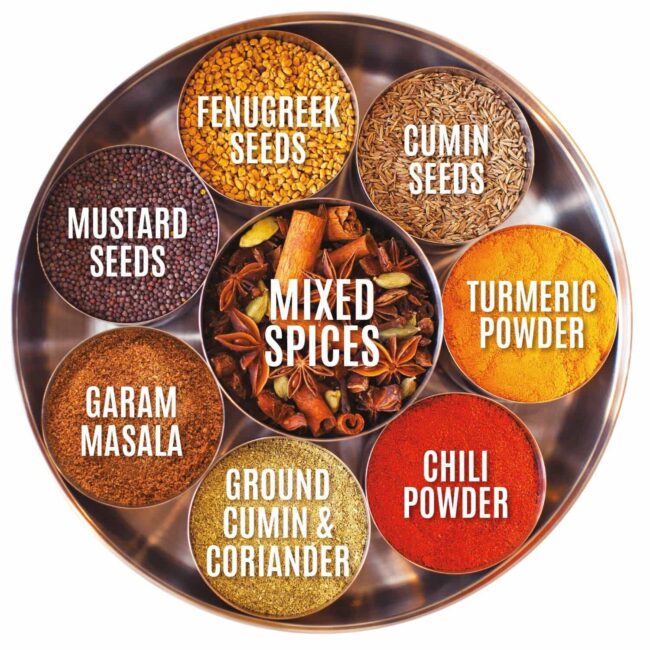
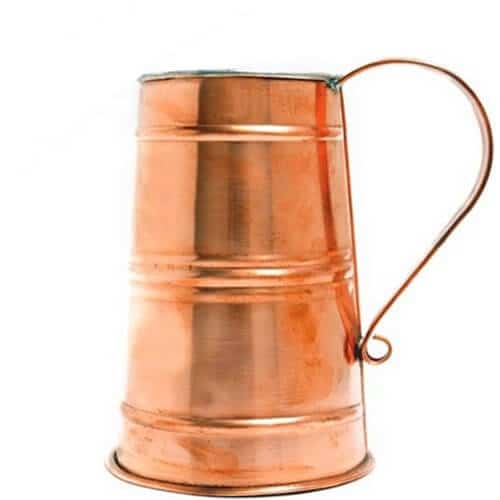



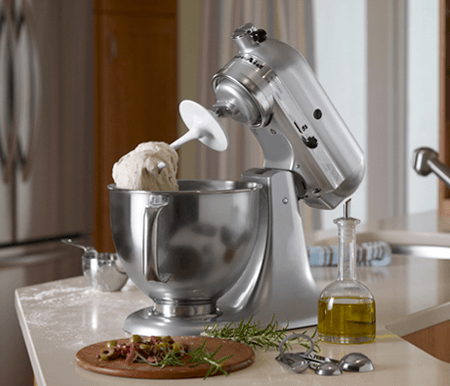
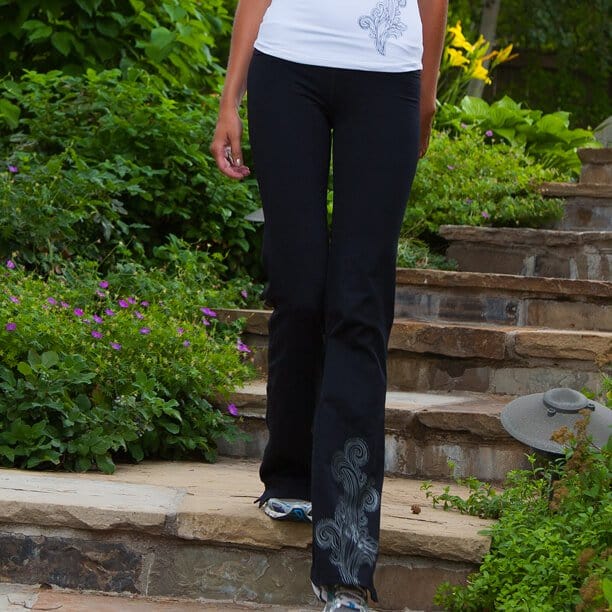
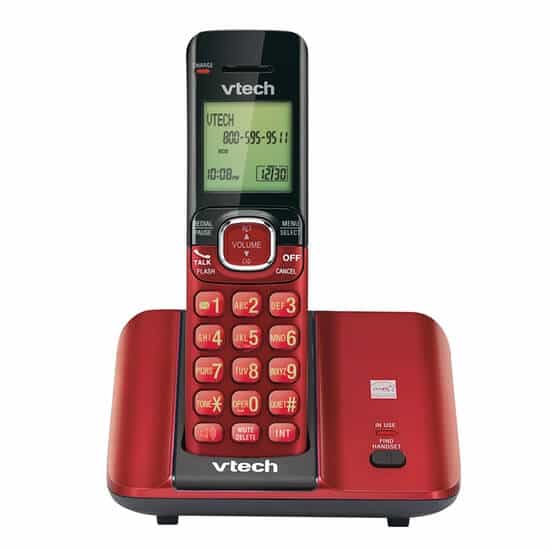

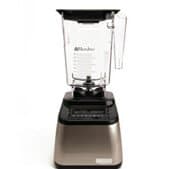

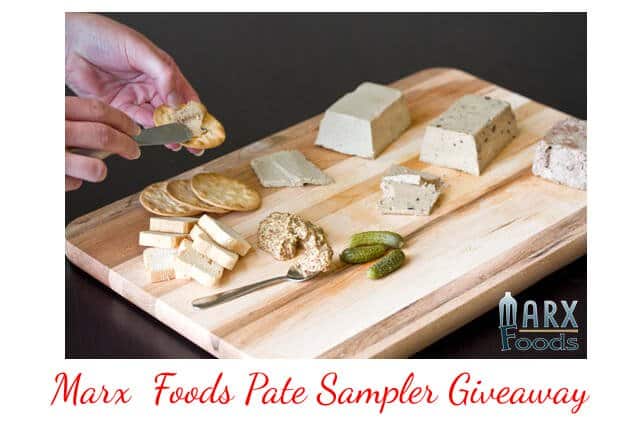
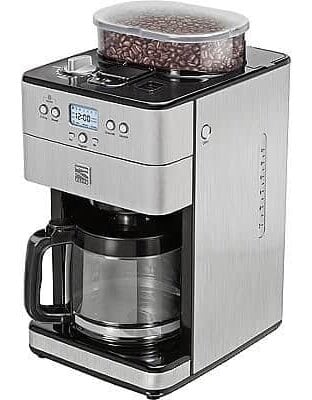
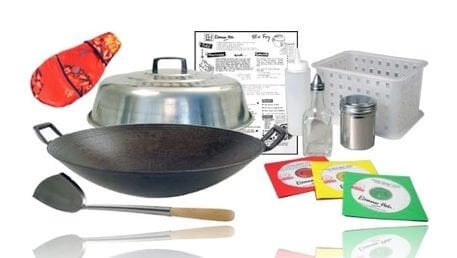



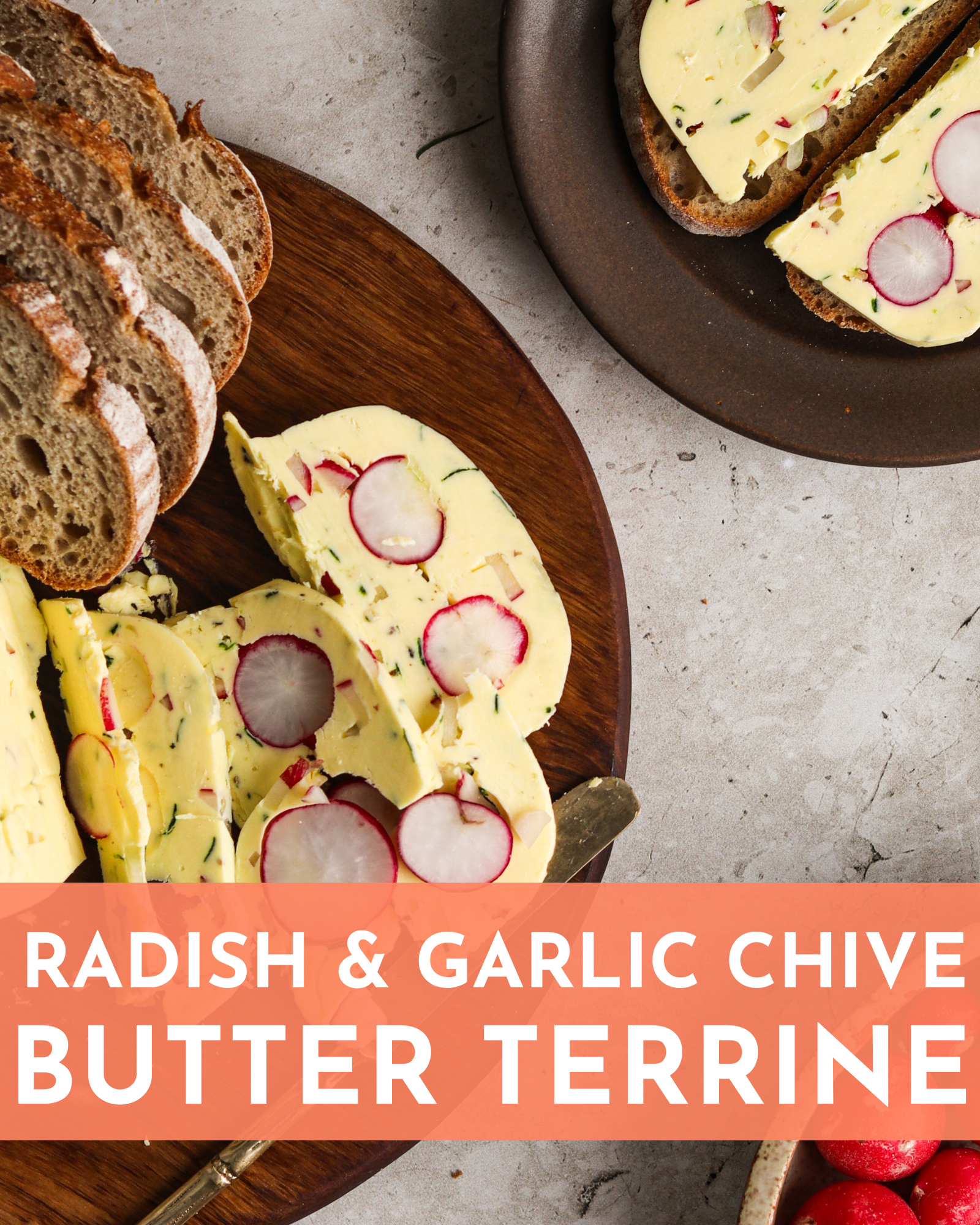
0 Comments